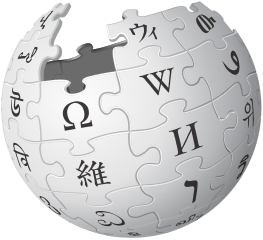We don't need to understand a super generalized version of tensor products to know what they mean in basic quantum computing!
Intuitively, taking a tensor product of two qubits simply means putting them together on the same quantum system/computer.
The quantum state is called a separable state, because it can be written as a single product of two different qubits. We have simply brought two qubits together, without making them interact.
If we then add a CNOT gate to make a Bell state:we can now see that the Bell state is non-separable: we've made the two qubits interact, and there is no way to write this state with a single tensor product. The qubits are fundamentally entangled.
Just like a classic programmer does not need to understand the intricacies of how transistors are implemented and CMOS semiconductors, the quantum programmer does not understand physical intricacies of the underlying physical implementation.
The main difference to keep in mind is that quantum computers cannot save and observe intermediate quantum state, so programming a quantum computer is basically like programming a combinatorial-like circuit with gates that operate on (qu)bits:
For this reason programming a quantum computer is much like programming a classical combinatorial circuit as you would do with SPICE, verilog-or-vhdl, in which you are basically describing a graph of gates that goes from the input to the output
For this reason, we can use the words "program" and "circuit" interchangeably to refer to a quantum program
Also remember that and there is no no clocks in combinatorial circuits because there are no registers to drive; and so there is no analogue of clock in the quantum system either,
Articles by others on the same topic
A quantum circuit is a model for quantum computation in which a computation is broken down into a sequence of quantum gates, which manipulate quantum bits (qubits). Just as classical circuits operate using classical bits (0s and 1s), quantum circuits utilize the principles of quantum mechanics to perform operations on qubits, which can exist in superpositions of states. ### Key Components of a Quantum Circuit: 1. **Qubits**: The basic unit of quantum information, analogous to classical bits.
